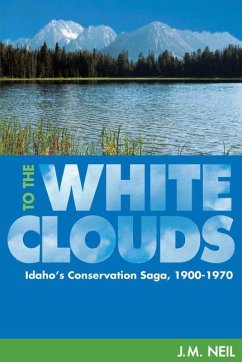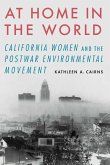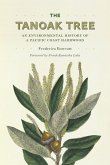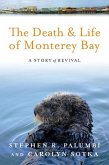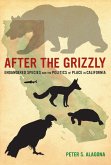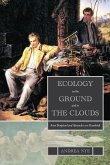In the 1960s, a mining corporation quietly applied to build a road to the base of Castle Peak, located in Idaho's magnificent and pristine White Clouds mountain range. That simple request, initially publicized by the Forest Service, brought a challenge to the Mining Act of 1872 and ignited a controversy that stirred a nation and quite possibly determined the results in Idaho's race for governor in 1970. The state's long-held view was that environmental protection and economic expansion were compatible. Yet the issue was not simply wilderness preservation versus industrial development. The enactment of the 1872 Mining Law meant that if prospectors and miners filed claims and if they requested approval to build a road to reach that claim--even on federal land deep within the Challis National Forest--no government official, from the governor of Idaho to federal representatives from the Forest Service, had the power to deny them. Environmental groups were infuriated. One of the first to sound the alarm was the Idaho Alpine Club based in Idaho Falls. The fight was on. Painstakingly researched, author JM Neil describes how Idaho arrived at the confrontation over the White Clouds in 1970 and how it was finally resolved. He explains how a state particularly jealous of its rights and suspicious of any federal control came to have millions of acres of federally protected wilderness. Neil also covers a surprising range of other topics integral to Idaho's conservation history, such as environmental pollution and the Depression era's role in changing Idaho's perception of conservation. From a stance of protecting only animals favored for hunting and fishing and killing those species' predators, toprotecting all wild animals, Idaho has vastly changed its position. In addition, through the stories of Shoshone Falls, Heyburn Park, Payette Lakes, the Sawtooth Mountains, Craters of the Moon, Bechler Meadows, and the Idaho Primitive Area, the author chronicles the reform i
Hinweis: Dieser Artikel kann nur an eine deutsche Lieferadresse ausgeliefert werden.
Hinweis: Dieser Artikel kann nur an eine deutsche Lieferadresse ausgeliefert werden.

